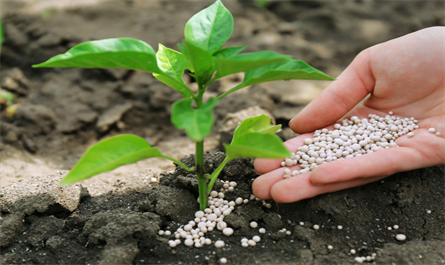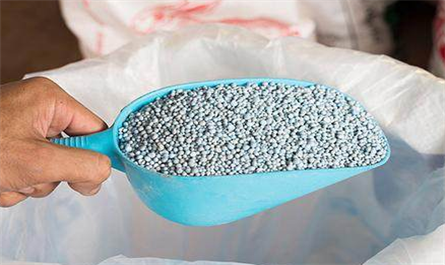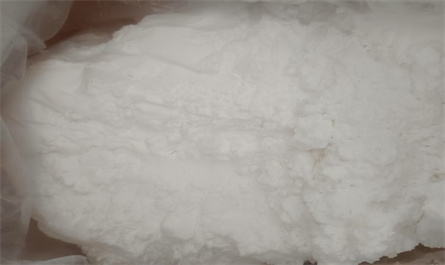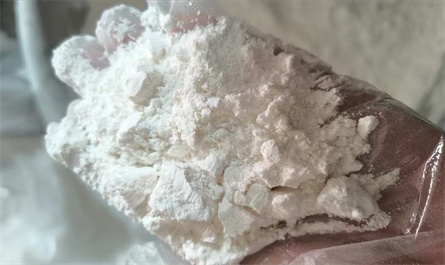Knowledge
-
The difference and preparation between plant growth regulators and foliar fertilizersDate: 2025-04-24Plant growth regulators and foliar fertilizers are widely used in agricultural planting. Plant growth regulators can control, promote or regulate the growth and development of plants, while foliar fertilizers provide plants with the required nutrients through foliar spraying. The combination of plant growth regulators and foliar fertilizers can achieve multiple purposes such as regulating growth, supplementing nutrients, and improving the effect of fertilizer use.

-
The combined use of plant growth regulators and fertilizers advantagesDate: 2025-04-23The combined use of plant growth regulators and fertilizers can bring the following advantages:Improve fertilizer utilization: Plant growth regulators can improve fertilizer utilization efficiency and improve plant growth.

-
Chlormequat Chloride's growth control principleDate: 2025-04-18Chlormequat Chloride's growth control principle is mainly based on its role in inhibiting gibberellin synthesis and regulating hormone balance in crops. By limiting cell elongation rather than division, the internodes of the plant are shortened and the stems are thick, thereby improving the lodging resistance.

-
Functions and applications of 6 common plant growth regulatorsDate: 2025-04-15Paclobutrazol Function: Paclobutrazol can effectively delay plant growth, inhibit excessive elongation of stems, shorten internode distance, promote plant tillering, and enhance plant stress resistance.
Application scenario: This regulator is widely used in agriculture, mainly used to control the vigorous growth of fruit trees, flowers and crops, and help improve their lodging resistance.



